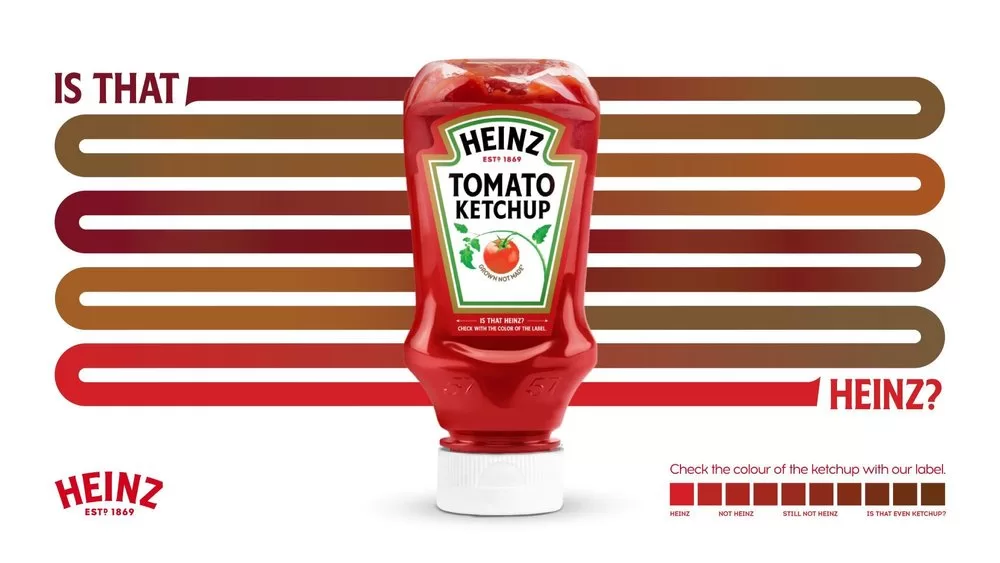A condiment manufacturer improves usage among street food vendors by 24% by designing labels that indicate when its ketchup bottles have been replaced with off-brand sauce.
Heinz unveiled their take on tomato ketchup in 1876. Heinz’s ketchup was richer, thicker, and had a more constant flavor than the early varieties, which were frequently weak and watery. Ripe tomatoes, a thoughtful spice blend, and the removal of preservatives—frequently found in other brands—were used to achieve this. The end product had a longer shelf life in addition to tasting better.
Fraud in Restaurants

Certain eateries restock Heinz-branded bottles with inferior, less expensive ketchup. By doing this, they may cut expenses and profit from the Heinz brand’s reputation.
However, supposing you only sometimes use the condiment when dining out. How can you be sure that the ketchup being provided to you is genuine merely because it comes in a bottle from Heinz?
The problem of fake tomato sauces hidden in Heinz ketchup bottles is so widespread that Heinz has responded to the situation by employing a cunning strategy.
Solution (color-swatch labels are used)
In Turkey, Heinz Ketchup determined the precise Pantone red color of its tomato ketchup and included it on the labels of its condiment bottles.
To make it easier for consumers to determine whether the ketchup they are receiving is genuine Heinz, the label’s border was made red. Additionally, Heinz introduced an Instagram filter for authenticity checks: if the label doesn’t match the sauce within the bottle, it’s not authentic Heinz.

The social media campaign began with pictures of fake Heinz Ketchup being served at eateries throughout Turkey, accompanied by the question, “Is That Heinz?” Newly labeled bottles were mailed to various eateries around the nation.
Results /-
As per the agency, 97% of customers could differentiate authentic Heinz ketchup from fakes, leading to a 73% reduction in non-Heinz ketchup refills and a 24% rise in Heinz ketchup consumption in street food establishments.